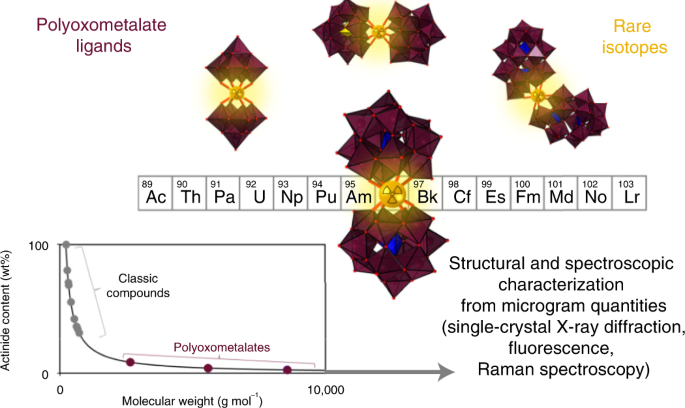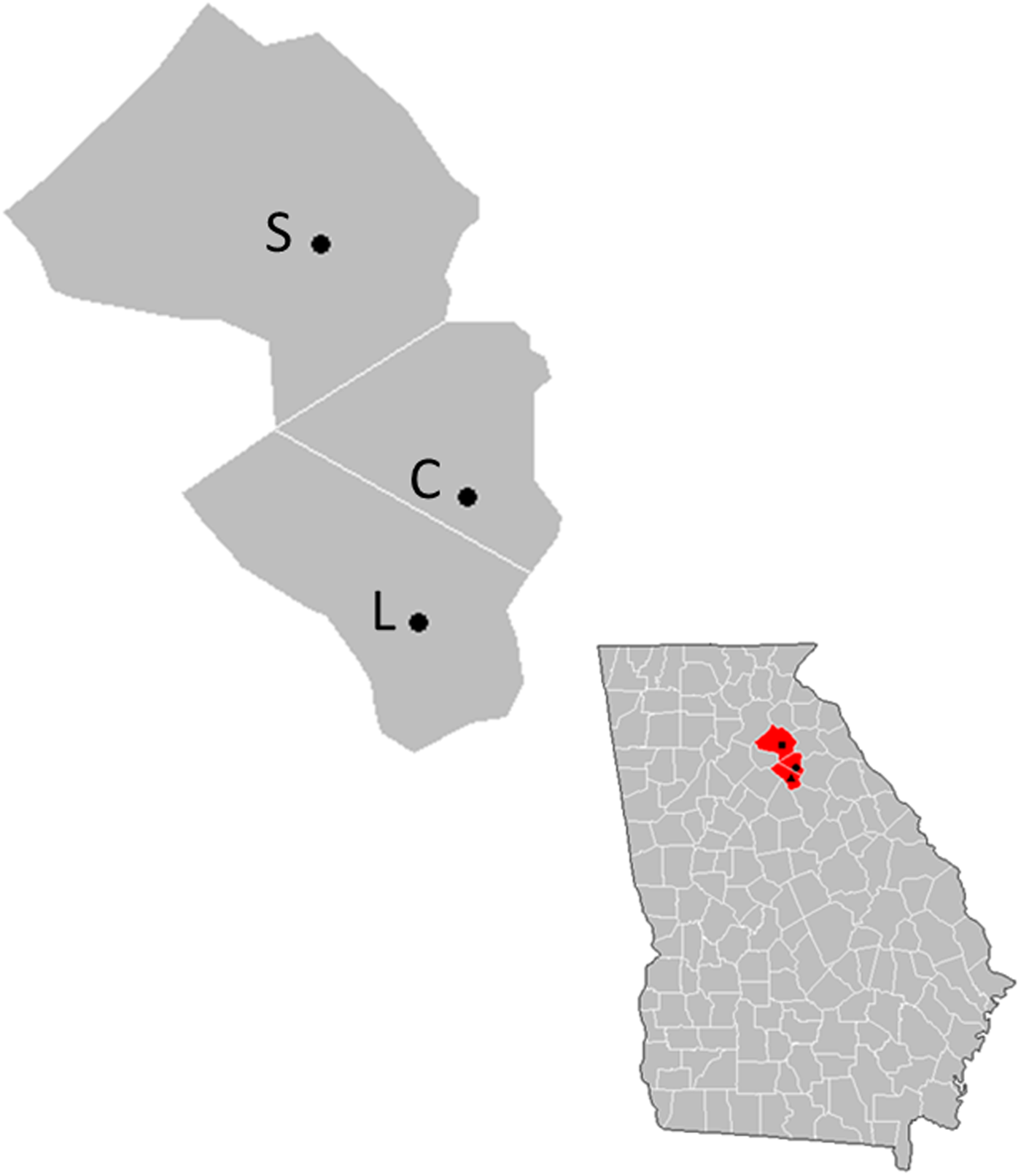2022-09-01 ノースカロライナ州立大学(NCState)
原理実証研究において、ZnSeドーパントとしてハロゲン元素の塩素とフッ素を使用した場合の結果を計算機解析で予測した。ハロゲン元素をドープしたZnSeは広く研究されているが、その根底にある欠陥化学的性質は十分に確立されていないため、これらの元素を選択したのである。
このモデルでは、欠陥部位における塩素とフッ素の可能なすべての組み合わせを解析し、ドープされたZnSeの電子・光学特性、イオン化エネルギー、発光などの結果を正しく予測することができた。
<関連情報>
- https://news.ncsu.edu/2022/09/computational-model-development-semiconductors/
- https://pubs.acs.org/doi/10.1021/acs.jpclett.2c01976
ZnSeにおけるハロゲンドーパントの欠陥化学の研究 Defect Chemistry of Halogen Dopants in ZnSe
Yifeng Wu, Kelsey J. Mirrielees, and Douglas L. Irving
Journal of Physical Chemistry Letters Published:September 1, 2022
DOI:https://doi.org/10.1021/acs.jpclett.2c01976

Abstract
Halogen dopants in ZnSe have been a research focus for quantum applications utilizing excitonic emissions, wherein point defects play a critical role. To provide a full first-principles perspective on the defect chemistries of halogen-doped ZnSe, Cl- and F-doped ZnSe were explored via hybrid functional density functional theory calculations involving all possible isolated defects and defect–defect complexes. Cl and F both exhibit more complicated defect chemistries than just forming a shallow substitutional donor on the Se site. For Cl, the complex of Cl substituting for Se with a neighboring Zn vacancy was also found to be prevalent. For F, its interstitial in the Zn tetrahedron was found to be stable in addition to the complex of such interstitial with an adjacent F atom substituting for Se. The explicitly simulated emission photoluminescence lineshapes of the self-activated centers exhibited both a peak value and a broad line width consistent with the experiment.



